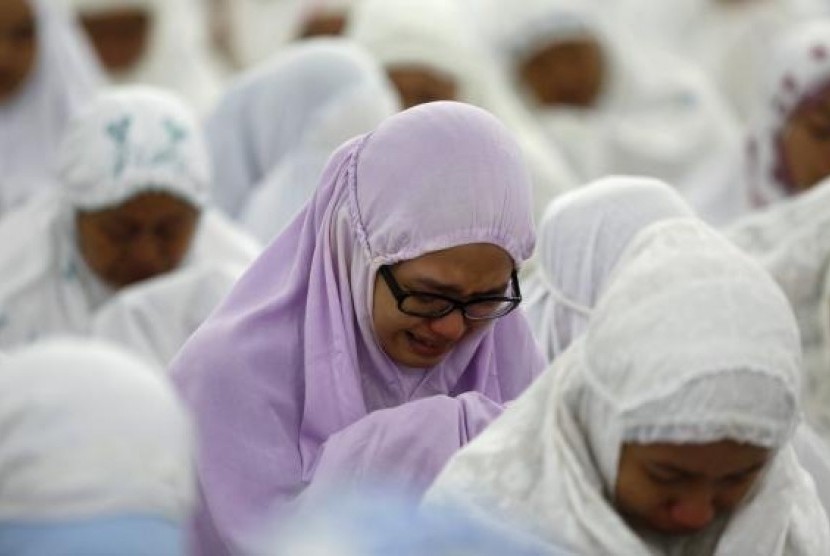REPUBLIKA.CO.ID, BANDA ACEH -- Survivors of Asia's 2004 tsunami and relatives of its 226,000 victims gather along shorelines of the Indian Ocean on Friday for prayers and memorial services to mark the 10th anniversary of a disaster that still leaves an indelible mark on the region.
When a 9.15-magnitude quake opened a faultline deep beneath the ocean a decade ago on Dec. 26, it triggered a wave as high as 17.4 meters (57 feet) which crashed ashore in more than a dozen countries, wiping some communities off the map in seconds.
In some places, survivors have still not recovered their lives fully, complaining of shoddy and uneven reconstruction. In Indonesia's Aceh province, where 168,000 people were killed, the tsunami helped end a long-running separatist conflict. On Thursday night, mass prayers were held at Aceh's Grand Mosque, one of only a few buildings that withstood the wave. Local Muslims see spiritual significance in its survival.
"The reason is because this is the house of Allah," said Azman Ismail, who has been the Great Imam of the mosque, Masjid Baiturrahman, since before the tsunami. "Allah kept his house unscathed, that's what we Muslims believe."
In Thailand, where 5,395 people were killed, among them about 2,000 foreign tourists, commemoration ceremonies will be held in Ban Nam Khem, a southern fishing village destroyed by the wave. Almost 3,000 people remain missing. Eighty percent of the victims in Thailand were killed in the province of Phang Nga where experts from 39 nations quickly gathered to identify bodies in what became the world's biggest international forensics investigation.
Sri Lanka marks the anniversary with a symbolic ride of a train the tsunami had derailed, killing 1,270 passengers. The train will be powered by the same locomotive and feature five of the original carriages. Tsunami escape drills will be held to demonstrate readiness of a large fishing community in the southern Indian state of Tamil Nadu, where 6,000 people were killed.
The past decade has seen more than 400 million USD spent across 28 countries on an early-warning system comprising 101 sea level gauges, 148 seismometers and nine buoys, but there are still concerns about the region's preparedness for another tsunami. Millions in coastal areas are still vulnerable, some experts say.
Sirens were silent when a tsunami alert was issued in Indonesia after a 8.6-magnitude quake in April 2012, and all of the warning buoys are either missing or not working. In India, a new system is struggling to communicate with remote areas and the head of Thailand's disaster warning center says its advanced and regularly tested system lacks maintenance.


